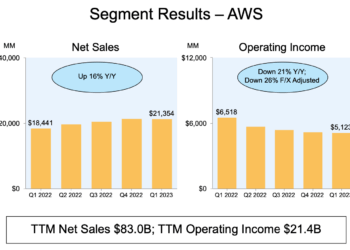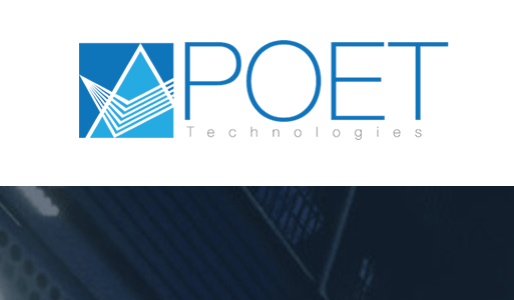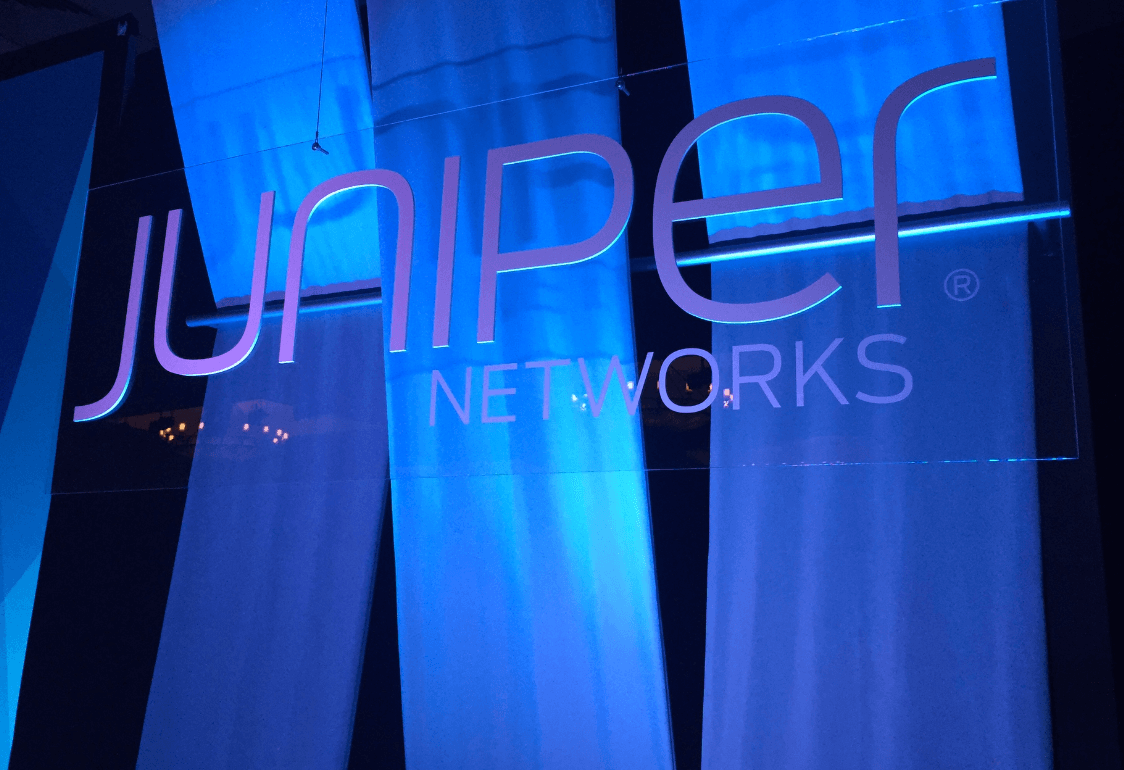SpaceX successfully launched ViaSat-3 Americas satellite to geostationary orbit aboard a Falcon Heavy rocket from Kennedy Space Center in Florida. Also on board this mission was Astranis's first MicroGEO satellite and Gravity Space’s GS-1 satellite.
ViaSat-3 Americas is the first of three geostationary satellites that will form a new constellation. Each of the satellites offers over 1 Tbps of onboard switching capacity with the ability to redirect bandwidth as needed. Each of the satellites in the upcoming ViaSat-3 global constellation is expected to be able to temporarily concentrate capacity at geographic points of demand, reducing coverage to places that need less capacity. Enormous solar panels will offer 25 kilowatts of power.
ViaSat-3 also features anti-jamming capabilities for government and defense applications.
"That additional capacity gives us all kinds of leverage to grow the business and provide even better services on the commercial side, and the military and defense side as well,” said Craig Miller, president of Viasat’s government services segment. “The ViaSat-3 constellation will give us global capability and opens the door to a wider variety of government missions.”
“Jamming is highly successful and commonly used in war time,” Miller said. “ViaSat-3 is designed to be incredibly difficult to disrupt. So you’re going to have a system that has a large amount of capacity that is designed to work even when our adversaries are trying to make it stop working. That’s really important, and it will set ViaSat-3 apart from basically all other systems. ViaSat-3 is expected to outperform even some purpose-built military satellites in that regard. That’s a really exciting capability.”
ViaSat-3’s ground network will be composed of hundreds of Satellite Access Nodes (SANS), ensuring redundancy.
SpaceX noted that one of the side boosters on this mission previously supported Arabsat-6A, STP-2, COSMO-SkyMed Second Generation FM2, KPLO, and three Starlink missions, and the second previously supported launch of Arabsat-6A and STP-2.






















































